Why self publishing with IndieMosh is so much better for the environment
Jenny here, and I’m about to have a rant – don’t say you weren’t warned!
It’s Friday, the end of a long week, and somehow, earlier today, I found myself reading a blog post listing things to consider before signing with a hybrid publisher. We don’t consider ourselves to be hybrid publishers at IndieMosh – we’re a self publishing facilitation service – so I was curious to see how ‘hybrid’ was defined here: https://www.booksandpublishing.com.au/independentpublishing/2022/06/23/eight-points-to-consider-before-signing-with-a-hybrid-publisher/ I’m actually still not quite sure. However …
The author does make a lot of good points about choosing a ‘non-traditional publisher’, especially about understanding what you’re signing up for etc. But what got under my skin was Point 4 where they basically suggest that print on demand is not a worthwhile option, that you won’t get sales. That whole paragraph keeps promoting the old adage that you have to have your book in bookshops for it to sell. I call BS on that one!
This is the 21st century – in fact, we’re nearly a quarter of the way through it! The world has changed and the simple truth is that if your book is not getting cut-through online, then it’s not going to sell in bookstores, either.
So what if the reality is that your book is ‘simply listed on a database which is accessible by many booksellers in various countries?’ Isn’t that much better than investing in a print run, paying for distribution, then hoping against hope that the books sell in the bookstores? And can you afford to do that in Australia (where you’d probably need to print and distribute at least 1,000 books, probably more), and then rinse and repeat in the UK and the US? And then what about other markets? How would you get your book into those?
But more importantly, do you know what happens to the unsold books? They become ‘returns’. Depending on the distribution contract, they may get sent back to the author or publisher – usually for a shipping fee – but so many of them simply get destroyed when they don’t sell.
Please tell me – how is that good for the environment?! Wouldn’t it be better to just have your book on a database accessible to booksellers worldwide – whether they’re online or ‘bricks and mortar’ – and know that your book was only being printed and sold when someone wanted one, rather than being printed on spec and then destroyed because it didn’t sell?
I do admit that if you’re well-known in a certain area (geographical or genre) or you’ve written something which will sell well in a certain area (e.g. the Hunter Valley or the LGBTQI+ community), then local or specialist bookshops can be a great way of helping you get a bit of traction. But you’ll be unlikely to recover your investment by selling into bookstores alone.
At IndieMosh, we believe that it’s time the publishing world started being more environmentally friendly. Not all books are suitable as ebooks, but if you’re going to have a print version, then print on demand, available on a list worldwide so that people can buy because they want it, is what we view as the most environmentally ethical way to publish – whether you’re vanity publishing, self publishing, hybrid publishing or traditionally publishing.
Rant over. Thanks for ‘listening’!
Ah, Fridays. Don’t you just love ’em? 😊



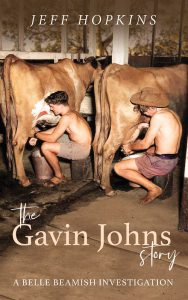
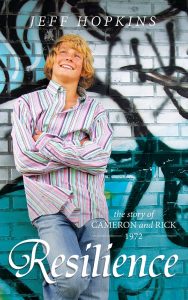
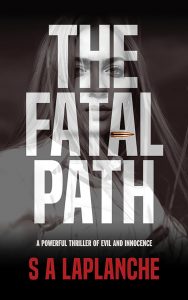


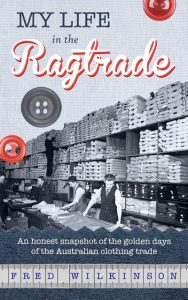
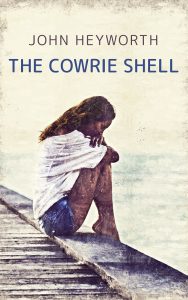
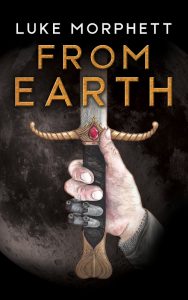

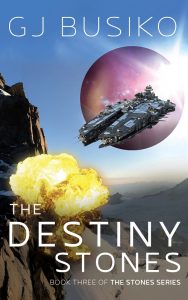
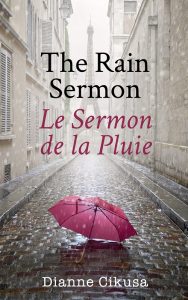
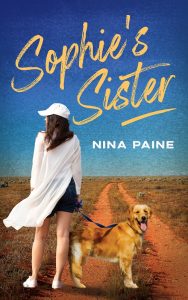
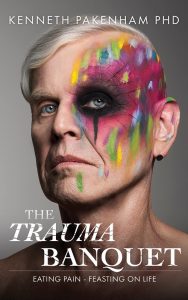
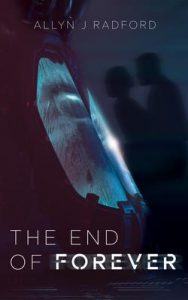
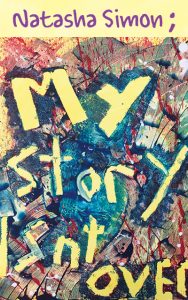
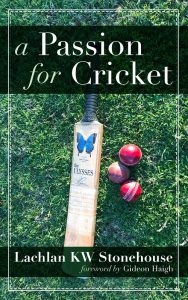
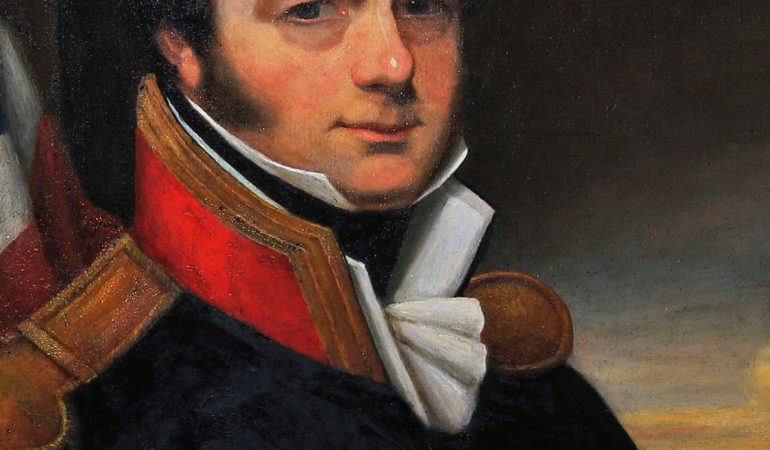

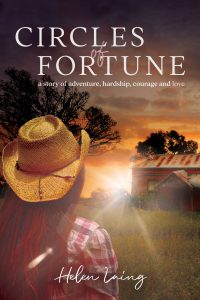
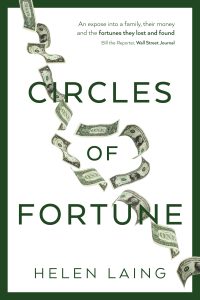

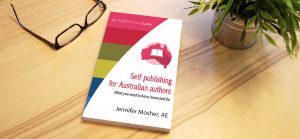
Recent Comments